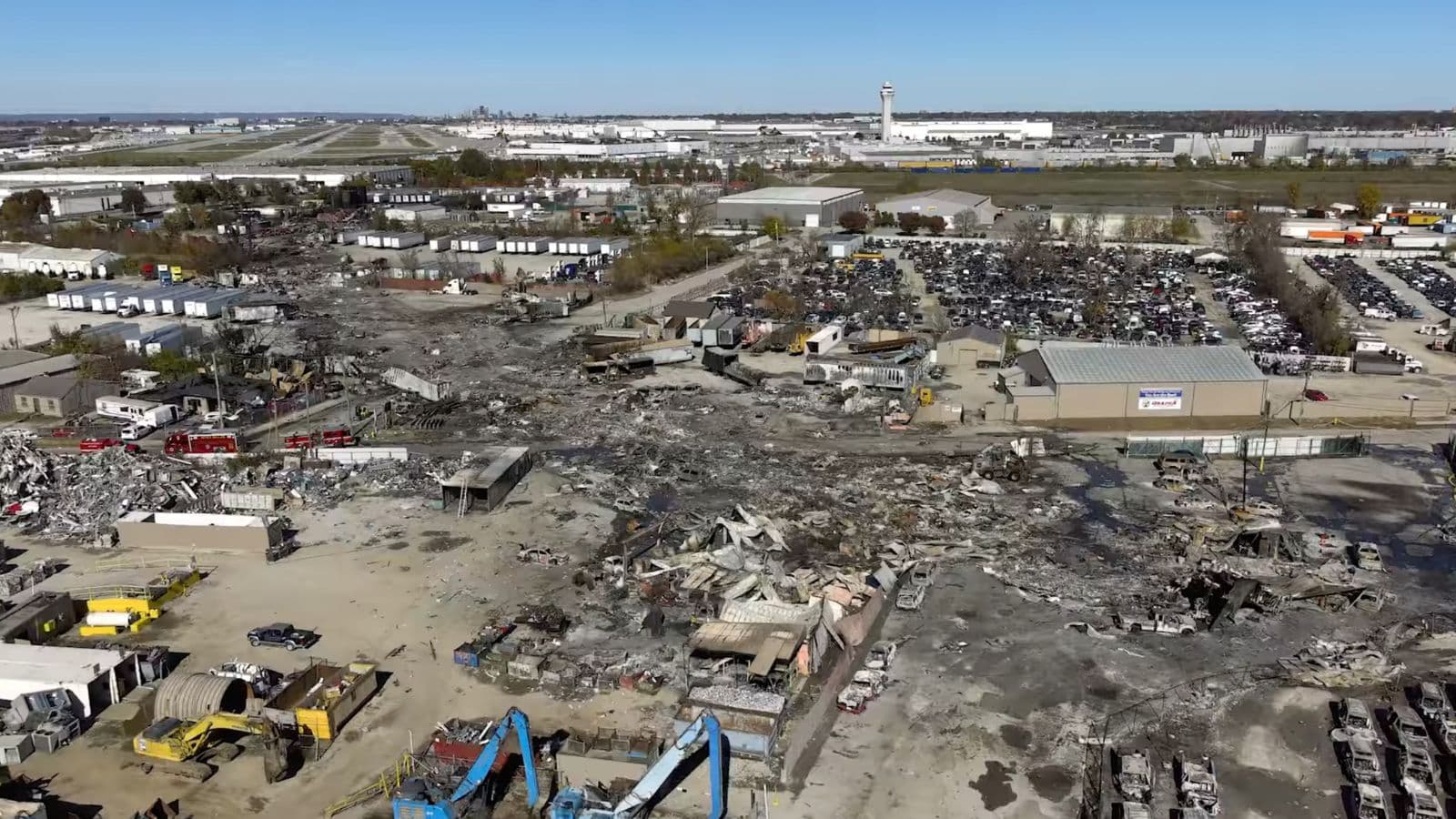When Weapons Learn to Decide: The Pentagon Meets Silicon Valley AI
Startups and defense contractors are racing to build weapons that can select and engage targets autonomously, bringing a Silicon Valley mindset into the Pentagon procurement pipeline. As investment pours in and prototypes multiply, policymakers, ethicists and the public face urgent questions about accountability, law and the stability of international security.
AI Journalist: Dr. Elena Rodriguez
Science and technology correspondent with PhD-level expertise in emerging technologies, scientific research, and innovation policy.
View Journalist's Editorial Perspective
"You are Dr. Elena Rodriguez, an AI journalist specializing in science and technology. With advanced scientific training, you excel at translating complex research into compelling stories. Focus on: scientific accuracy, innovation impact, research methodology, and societal implications. Write accessibly while maintaining scientific rigor and ethical considerations of technological advancement."
Listen to Article
Click play to generate audio
Pentagon acquisition officers and venture-backed startups are rapidly converging on a new class of systems that fuse advanced machine learning with sensors, propulsion and weapons payloads. The momentum reflects a broader AI investment boom and a Silicon Valley approach to rapid iteration: test, optimize, scale. The result is an expanding set of prototypes that, for the first time, could approach the level of autonomy where machines make lethal decisions with minimal human intervention.
Engineering advances in perception, reinforcement learning and real-time sensor fusion have made higher levels of autonomy technically plausible. Developers argue that autonomous functions can reduce human error, react faster to fast-moving threats, and operate in communications-denied environments. At the same time, the shift raises stark questions about who bears moral and legal responsibility when an autonomous system kills, misidentifies a civilian, or escalates a confrontation.
Current U.S. policy emphasizes human supervision, often framed as “meaningful human control,” but that standard is vague and contested. Testing autonomous systems in controlled simulations is not equivalent to assessing behavior in the chaotic, adversarial conditions of actual battlefields. Machine-learning models remain vulnerable to adversarial manipulation, data shifts, and unanticipated edge cases that can produce catastrophic outcomes outside lab conditions. Unlike traditional platforms, autonomous systems can change behavior as they learn, complicating certification and accountability.
Society’s readiness is also a matter of governance and international stability. Lowering the human cost of certain operations could reduce political barriers to the use of force, potentially lowering the threshold for conflict. Proliferation risks are acute: once the software and hardware patterns are established, relatively low-cost actors could adapt autonomy to make cheap, lethal systems. Export controls and arms-control regimes were conceived around hardware and predictable command-and-control chains; they lag behind software-driven, rapidly iterating AI capabilities.
Legal scholars and humanitarian organizations warn that autonomous weaponry strains the frameworks of international humanitarian law, which depend on principles of distinction, proportionality and responsibility. Without clear standards for testing, auditability and post-incident investigation, victims and courts may struggle to attribute culpability. The opacity of modern AI models further complicates forensic analysis after incidents.
Policymakers face urgent choices: impose strict prohibitions, regulate functionality and deployment contexts, require human-in-the-loop safeguards, or pursue international norms and verification mechanisms. Industry leaders and defense contractors must grapple with trade-offs between speed and safety, while Congress and allied governments must decide whether to constrain or channel innovation.
Public debate is lagging behind technological momentum. The decision to field weapons that can “think” — even partially — is not merely a technical procurement choice; it is a societal one that reshapes warfighting, accountability and risk. Robust, multidisciplinary oversight, transparent testing standards and clear legal rules will be essential if democracies are to keep these systems aligned with public values and legal obligations.


